Shiba Inus, the spirited and compact companions from Japan, are known for their fox-like features and agile frames. Like any breed, they require a specific amount of food to maintain their health without becoming overweight. The key to a healthy diet for a Shiba Inu is understanding that the amount of food they need depends on the calorie content of their meals, as well as their size, age, and activity level. This article will provide you with detailed insights into feeding your Shiba Inu, including portion sizes and the monthly costs associated with their diet.
1. Understanding Shiba Inu Dietary Requirements
Shiba Inus are a small to medium-sized breed and their dietary needs are proportionate to their size. Typically, a Shiba Inu will thrive on a diet rich in high-quality proteins and fats, with a moderate amount of carbohydrates. The precise balance of nutrients should support their energy levels while maintaining their muscular build and supporting a healthy coat.
2. Determining the Right Portion Size
The right portion size for your Shiba Inu will vary based on the dog’s weight, age, and metabolism. On average, a Shiba Inu might require between ½ to 1 ½ cups of dry dog food per day, divided into two meals. This is a general guideline and the specific needs of your dog may vary.
3. Caloric Considerations in Feeding
A Shiba Inu’s caloric needs can range from 300 to 600 calories per day, depending on their activity level. Active dogs will require more calories, while less active dogs will require fewer. Always check the calorie content of the dog food brand to determine the appropriate feeding volume.
4. Adjustments for Life Stages
Puppies, adults, and senior Shiba Inus will have different caloric needs. Puppies, for example, need more calories and nutrients to support their growth, while seniors may require fewer calories to avoid weight gain due to a slower metabolism.
5. Cost Estimation for Monthly Feeding
The cost to feed a Shiba Inu can vary widely based on the quality of the food you purchase and where you live. On average, expect to spend between $30 to $60 a month on high-quality dog food for your Shiba Inu. This does not include treats or any additional supplements that your dog may require.
6. Treats and Extras: How Much is Too Much?
Treats should only constitute a small portion of your Shiba Inu’s diet. It’s recommended that treats do not exceed 10% of the total daily caloric intake to prevent obesity and maintain a balanced diet.
7. The Importance of a Feeding Schedule
Consistency is key to maintaining your Shiba Inu’s health. Feeding them at the same times every day helps to regulate their metabolism and can prevent digestive issues. A regular feeding schedule also assists in training and establishing a routine.
8. Identifying and Managing Food Allergies
Shiba Inus can sometimes develop food allergies or sensitivities. If you notice signs of an allergy, such as itching, redness, or gastrointestinal upset, consult your veterinarian. They may recommend an elimination diet to identify the allergen.
9. Monitoring Your Shiba Inu’s Weight
Regularly monitoring your Shiba Inu’s weight is crucial. Sudden weight gain or loss can signal health issues. A balanced diet and regular exercise are important to keep your Shiba Inu in optimal condition.
10. When to Consult a Veterinarian
If you have concerns about your Shiba Inu’s diet or health, or if you notice changes in appetite or weight, it’s important to consult a veterinarian. They can provide guidance tailored to your dog’s specific health needs.
Our 5 Top Foods for Shiba Inus
The diets were selected by our founder Justin Palmer, a certified canine nutrition expert, specifically with Shiba Inus in mind:
Conclusion
Conclusion Feeding your Shiba Inu the right amount of food is a careful balance that can have a significant impact on their health and happiness. By considering the factors outlined in this article and consulting with your veterinarian, you can establish a diet that supports your Shiba Inu’s lifestyle and keeps them at an ideal weight. Remember to monitor their condition and adjust their diet as needed to ensure they live a long and healthy life.
Frequently Asked Questions About Feeding a Shiba Inu
1. How much should I feed my adult Shiba Inu each day?
An adult Shiba Inu typically needs about ½ to 1 ½ cups of high-quality dry dog food each day, divided into two meals. The exact amount can vary depending on their activity level, age, and metabolism. Always check the feeding guidelines on your dog food package and adjust as needed based on your dog’s individual needs and your vet’s recommendations.
2. What type of food is best for a Shiba Inu?
Shiba Inus do well on a diet of high-quality commercial dog food that’s formulated for small to medium-sized breeds. The food should be rich in animal proteins and balanced with fats, carbohydrates, vitamins, and minerals to support their overall health. If you’re considering a homemade or raw diet, it’s essential to consult with a vet or a canine nutritionist to ensure it’s nutritionally complete.
3. Can Shiba Inus eat grain-free diets?
Yes, Shiba Inus can eat grain-free diets, but it’s important to ensure that the diet is complete and balanced. Some grain-free diets have been linked to heart issues in dogs, so you should consult with your veterinarian before switching your Shiba Inu to a grain-free diet.
4. How often should I give my Shiba Inu treats?
Treats should be given in moderation and should not exceed 10% of your Shiba Inu’s daily calorie intake. Over-reliance on treats can lead to weight gain and nutritional imbalances. Always opt for healthy, low-calorie treats that are made specifically for dogs.
5. Are there human foods that are dangerous for Shiba Inu to eat?
Yes, there are several human foods that are toxic to Shiba Inus, including chocolate, grapes, raisins, onions, garlic, and anything containing the sweetener xylitol. Always err on the side of caution and avoid feeding your Shiba Inu human food unless you are certain it is safe for them.
6. How can I tell if my Shiba Inu is eating the right amount?
You can tell if your Shiba Inu is eating the right amount by monitoring their body condition. They should have a visible waist when viewed from above and you should be able to feel their ribs without a thick layer of fat. Regular check-ups with your veterinarian can also help ensure that your Shiba Inu’s diet is on track.
7. Do Shiba Inus have specific dietary needs as they age?
Yes, as Shiba Inus age, their dietary needs can change. Senior Shiba Inus typically require fewer calories due to decreased activity levels but may need more of certain nutrients to support joint health and overall well-being. It’s important to choose a diet that’s formulated for senior dogs and to consult with your vet for specific recommendations.
8. What should I do if my Shiba Inu is a picky eater?
If your Shiba Inu is a picky eater, try to enhance the palatability of their food by adding a topper, such as a small amount of wet food or low-sodium broth. Also, make sure you’re not giving too many treats, as this can spoil their appetite. If pickiness persists, consult your vet to rule out any underlying health issues.
9. Can Shiba Inus be fed a vegetarian or vegan diet?
Shiba Inus, like all dogs, are primarily carnivorous and have specific nutritional needs that are most easily met with animal-based proteins. A vegetarian or vegan diet can be complicated to balance and may not meet all of their dietary requirements. If you’re considering this type of diet, it’s crucial to consult with a veterinary nutritionist to ensure your Shiba Inu’s health needs are being met.
10. How much does it cost to feed a Shiba Inu each month?
The monthly cost of feeding a Shiba Inu can vary depending on the type of food you choose and where you live. On average, you might spend between $30 to $60 per month on high-quality commercial dog food specifically formulated for small to medium breeds. This estimate doesn’t include treats or special dietary supplements.
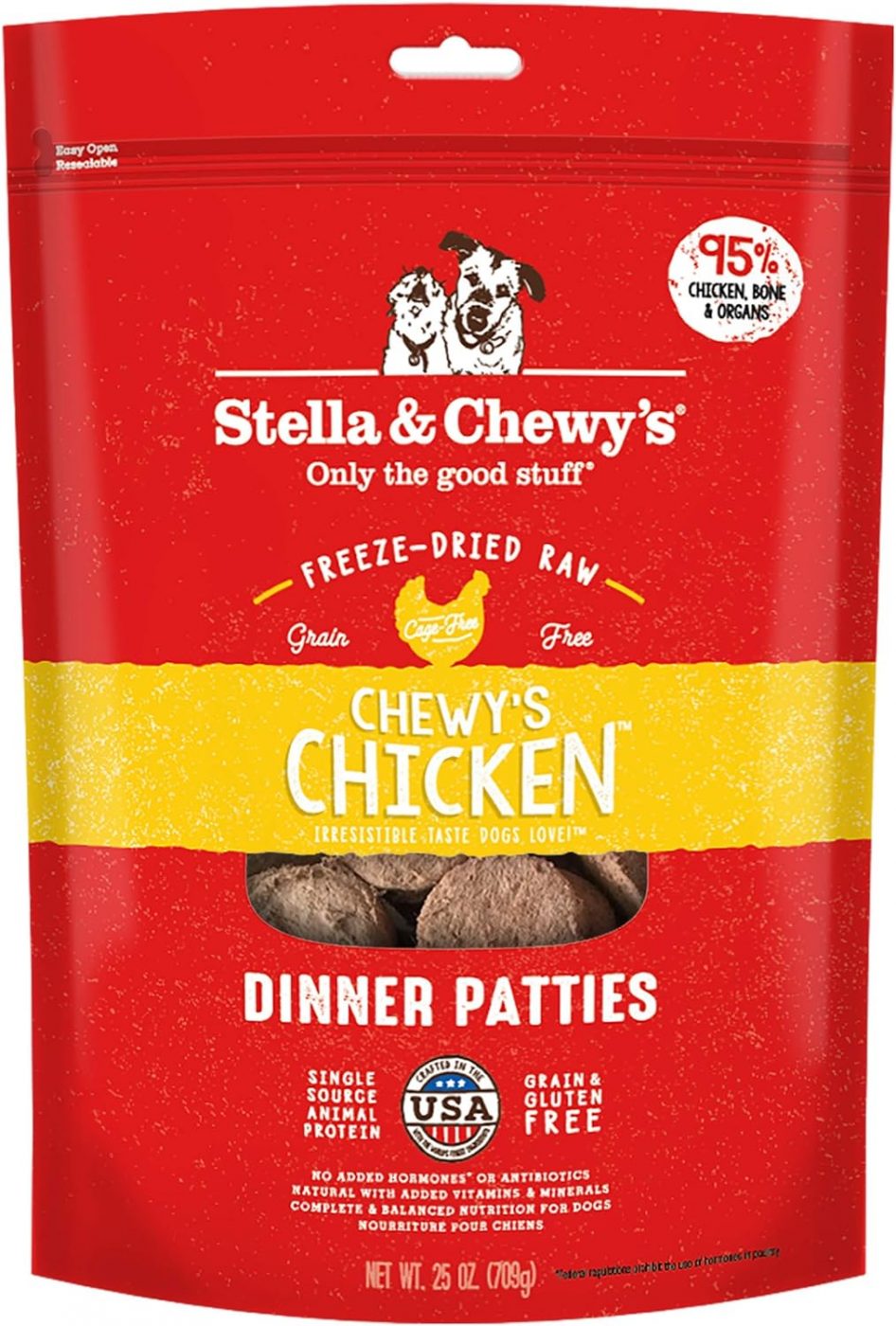
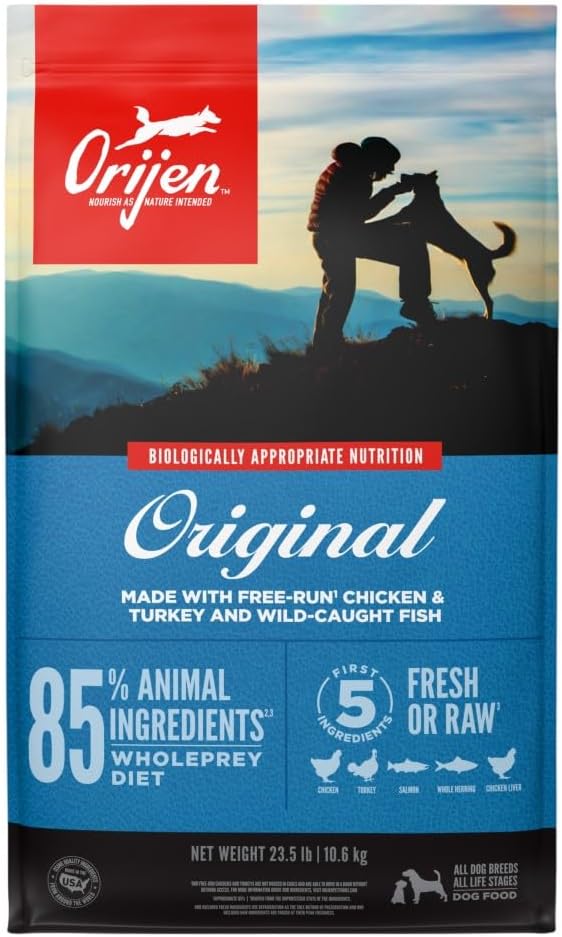
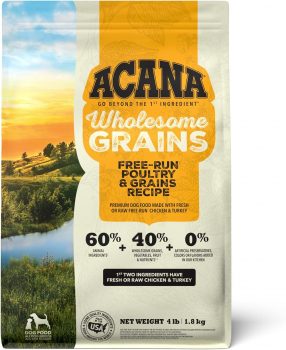
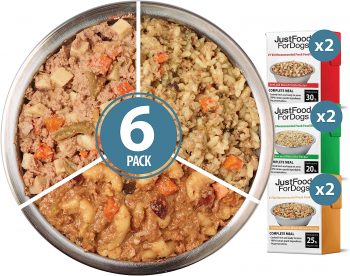
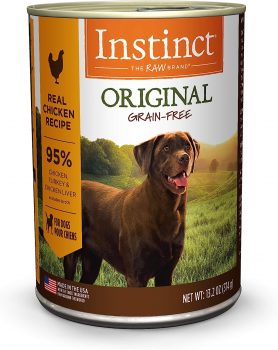
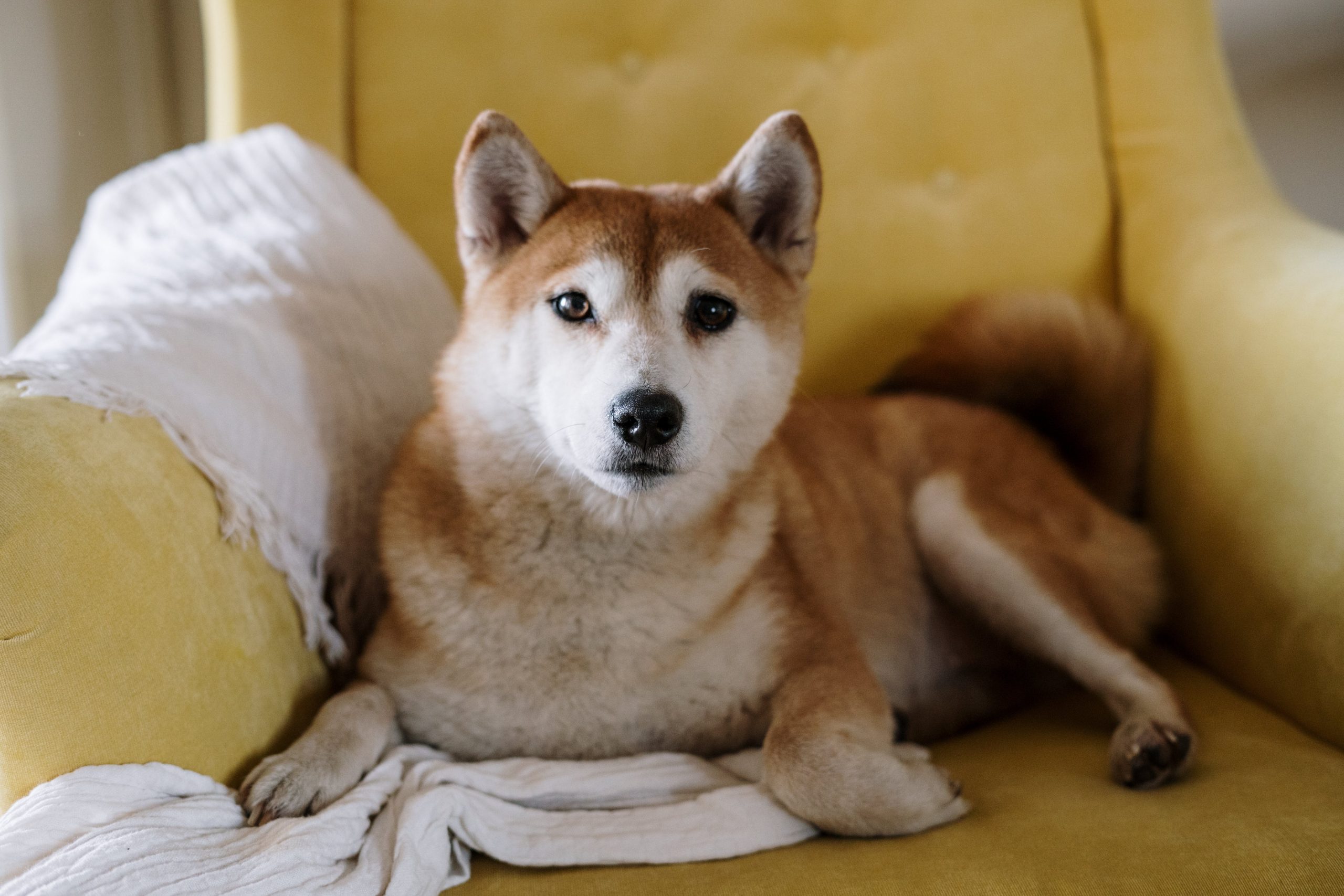
 Toledo, United States.
Toledo, United States.